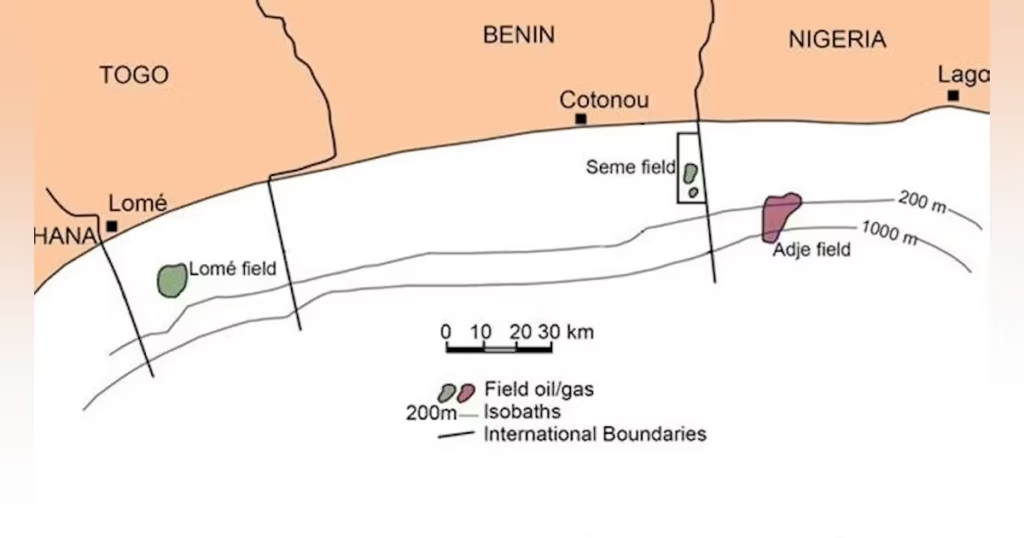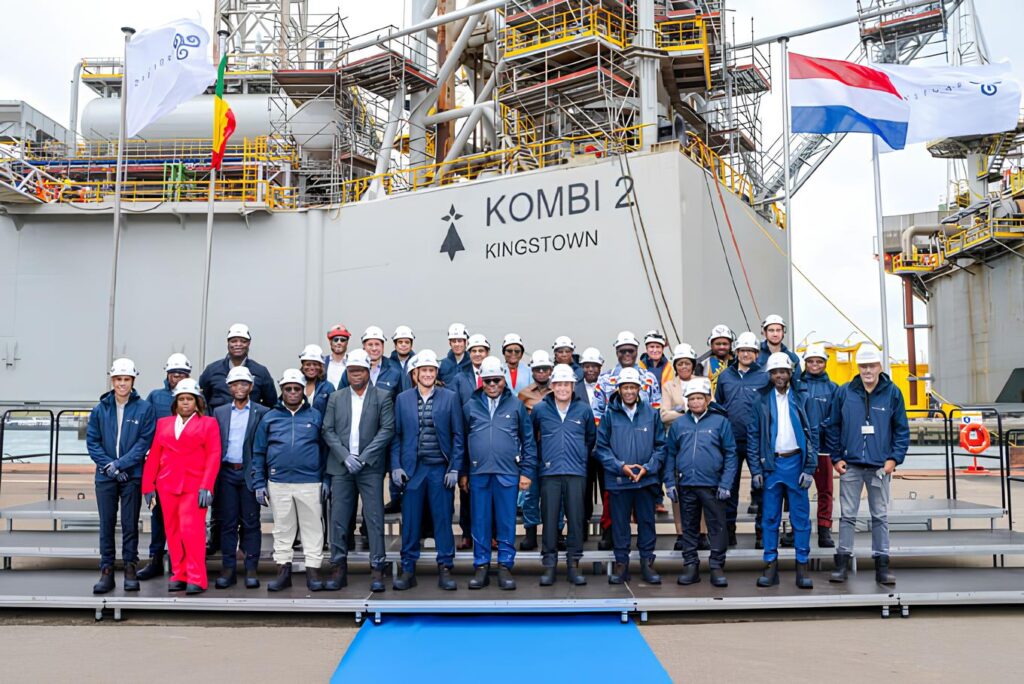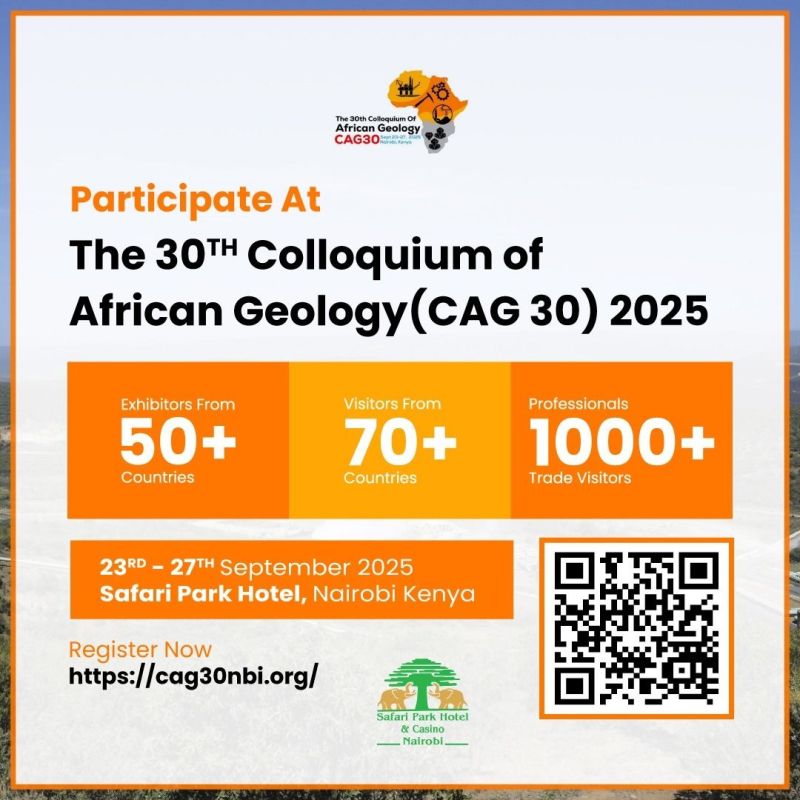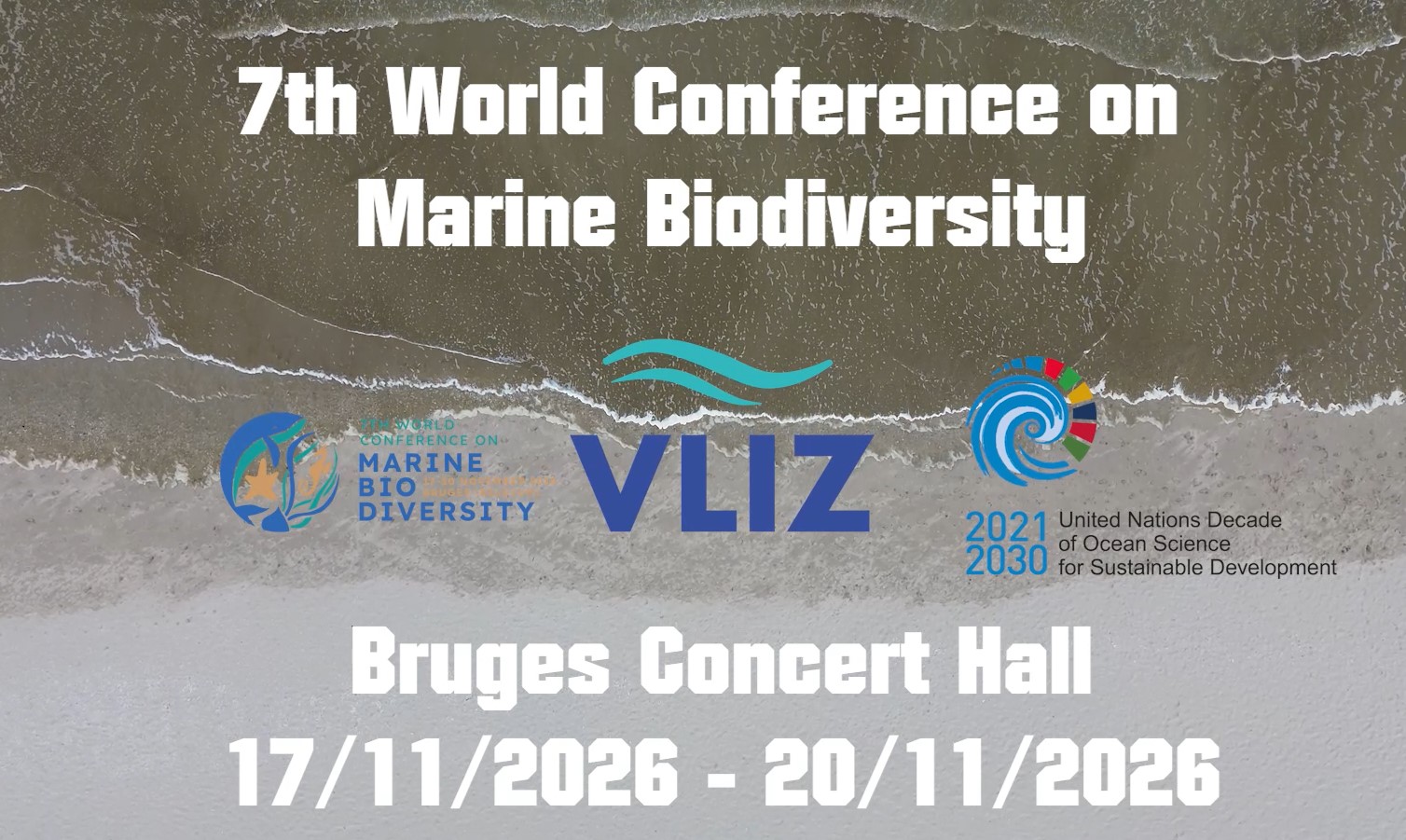The long-awaited return of offshore oil production in Benin is drawing closer as preparations for the restart of the Sèmè field, operated by Akrake Petroleum, gather pace. Industry sources have confirmed to Resource Digest that critical site surveys are being finalized and the operator is targeting a production rate of 16,000 barrels per day (b/d) by October 2025.
This marks a significant milestone in Benin’s energy landscape, as the Sèmè field has remained dormant for nearly two decades. The renewed activity signals a revival of the country’s upstream oil ambitions and a strategic move toward energy independence and economic diversification.
Reviving a Dormant Asset
Originally brought online in the 1980s, the Sèmè field is located offshore in the Gulf of Guinea and was once Benin’s sole producing oil asset. However, operational and technical challenges, coupled with declining output, led to its suspension. Now, with Akrake Petroleum at the helm and backed by a consortium of regional and international investors, a new chapter is being written for Benin’s offshore sector.
According to sources close to the project, new geophysical and structural surveys conducted earlier this year have confirmed the commercial viability of remaining reserves, alongside potential untapped zones that may offer further upside.
Phased Development and Production Goals
The production restart will be executed in phases, with the initial phase targeting 16,000 b/d by the fourth quarter of 2025. Akrake Petroleum has reportedly completed necessary upgrades to critical infrastructure, including subsea pipelines, floating production systems, and offshore safety mechanisms.
“Everything is being aligned to meet the Q4 deadline,” a senior source familiar with the operation told Resource Digest. “We are confident that all regulatory, logistical, and technical requirements will be met in time.”


Benin’s Ministry of Energy, Water, and Mines is also working closely with the project stakeholders to ensure compliance with environmental, safety, and local content regulations.
Economic and Strategic Impact
The restart of the Sèmè field is expected to boost Benin’s GDP, reduce dependence on imported fuels, and create new employment opportunities across the value chain. The project could also pave the way for the development of additional offshore blocks in the country’s waters, which remain largely underexplored.
Industry analysts see this as a test case for broader offshore exploration in Benin and a chance for the nation to reclaim its position in West Africa’s energy map. “If successful, Sèmè’s revival could attract further exploration interest and even new licensing rounds,” noted an analyst with West Africa Energy Insights.
Regional Energy Integration
The project also supports regional energy integration goals under ECOWAS, where West African nations are working to improve energy security and reduce reliance on external fuel sources. With oil demand expected to remain strong across the region, Benin’s return to production comes at a strategic moment.
As the countdown to October begins, Akrake Petroleum and its partners are racing to deliver a seamless re-entry into oil production, backed by enhanced technology, strong regulatory alignment, and growing regional demand.















